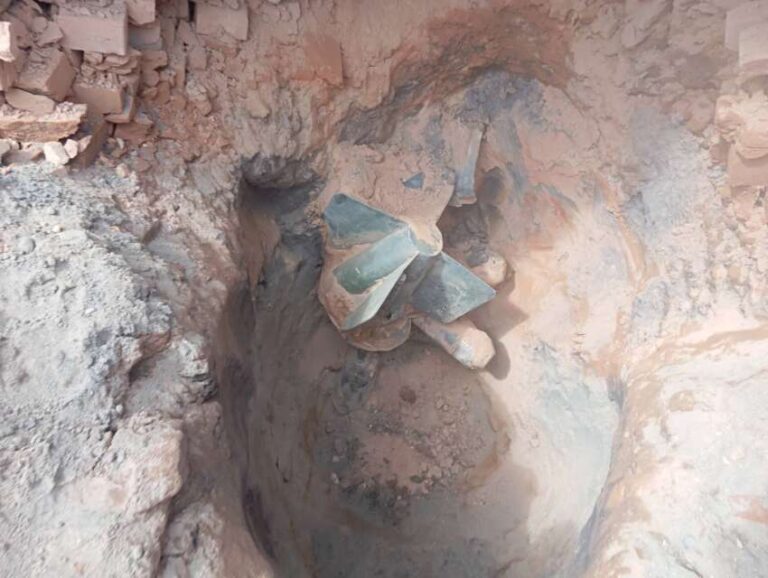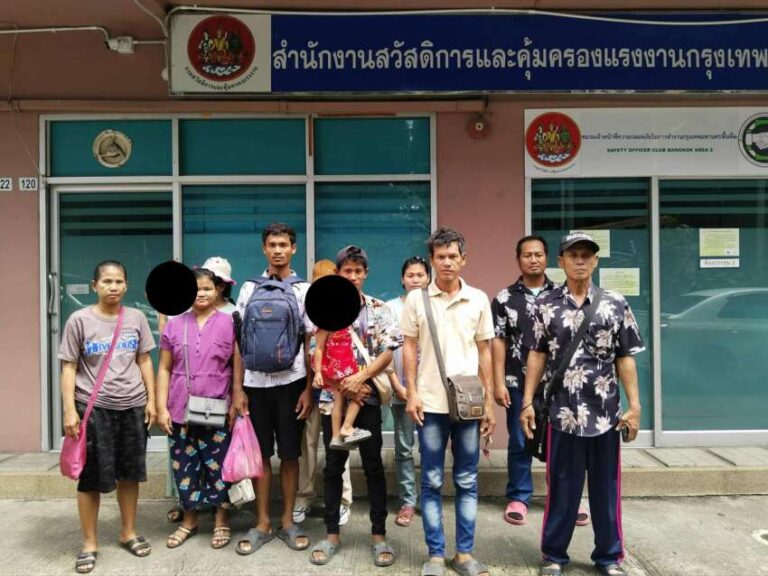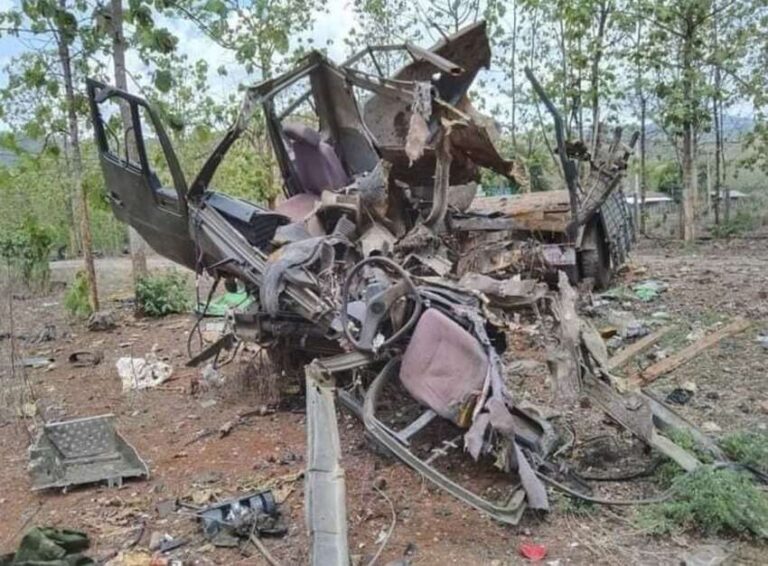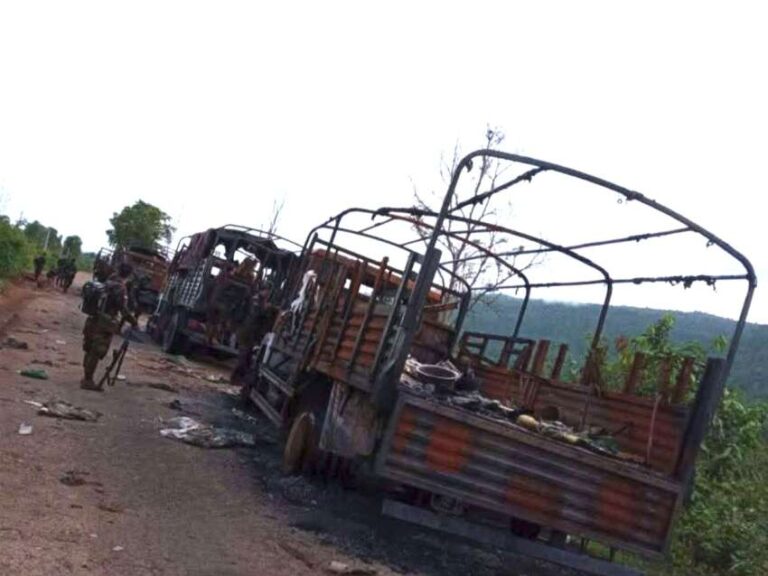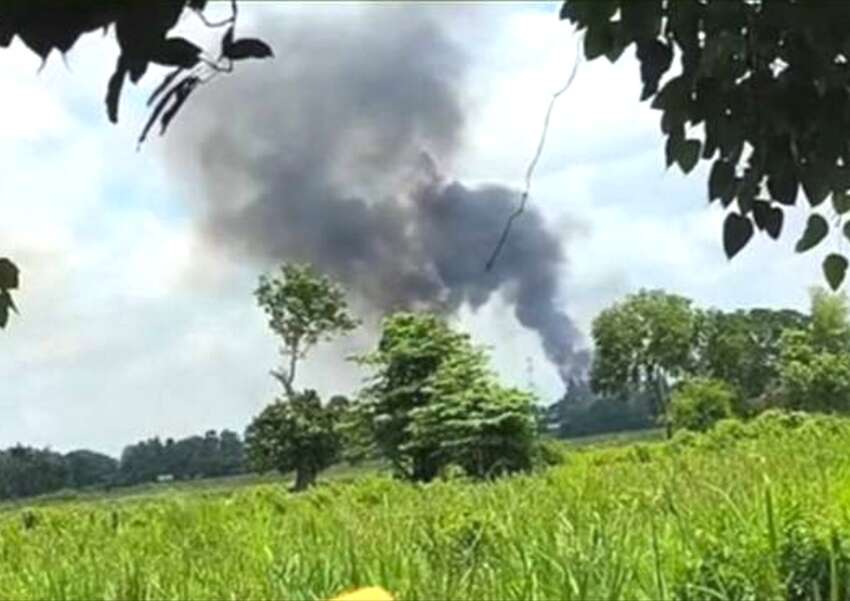
Intense fighting broke out between revolutionary forces and the military council troops after the latter burned down Pyar Kwe village in Taungoo Township, Bago Region. The clashes began on May 21 near mile post 147 on the highway west of Taungoo city and continued through May 24. Revolutionary sources confirmed that 18 military council soldiers were killed by sniper fire during the battles. The fighting involved mine attacks and exchanges of heavy and light weapons, resulting in significant casualties on the military council’s side, though exact numbers could not be confirmed.
As the military council suffered mounting losses, they responded with airstrikes around 8 PM on May 23, conducting bombing runs and strafing with aircraft-mounted machine guns. The military council forces had entered Pyar Kwe village, which contains approximately 1,000 households, around 6 AM on May 23. They systematically looted civilian property, including bags of beans and motorcycles, before proceeding to burn down the village structures. The military’s arson campaign destroyed approximately 750 homes, representing about three-quarters of the village, including many large and well-built houses. Local sources reported that even school buildings were not spared from the destruction.
The revolutionary forces maintained strategic positions around the village, engaging the military council troops with coordinated attacks using snipers, mines, and both heavy and light weapons. The intensity of the resistance forced the military council to rely on air support, demonstrating the effectiveness of the revolutionary forces’ tactical operations. The destruction of Pyar Kwe village represents another instance of the military council’s systematic campaign of destroying civilian infrastructure and property, a pattern that has been observed across multiple regions where resistance to military rule remains strong.
